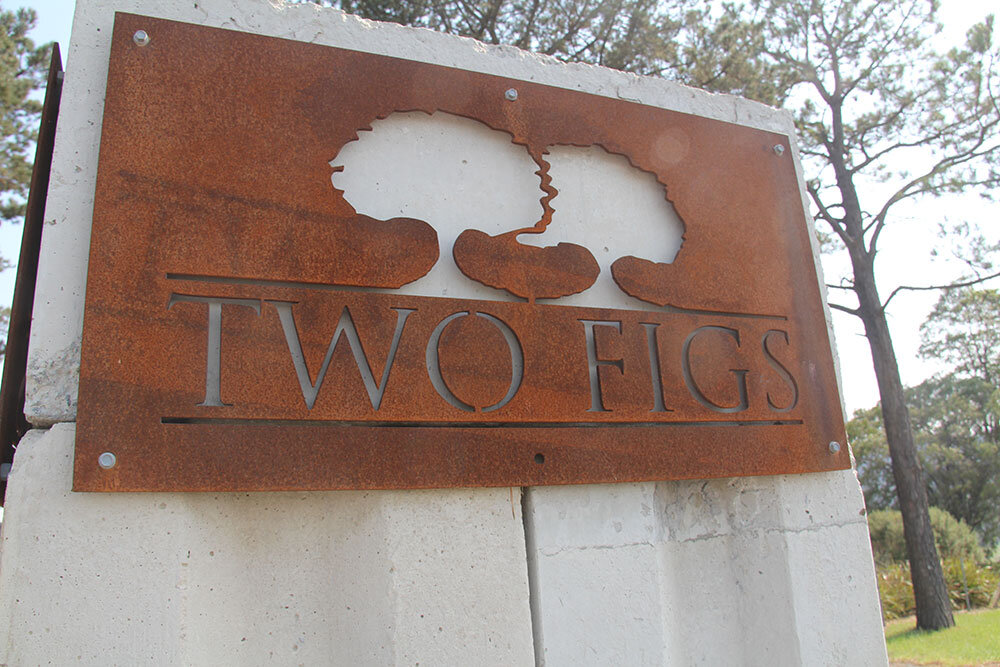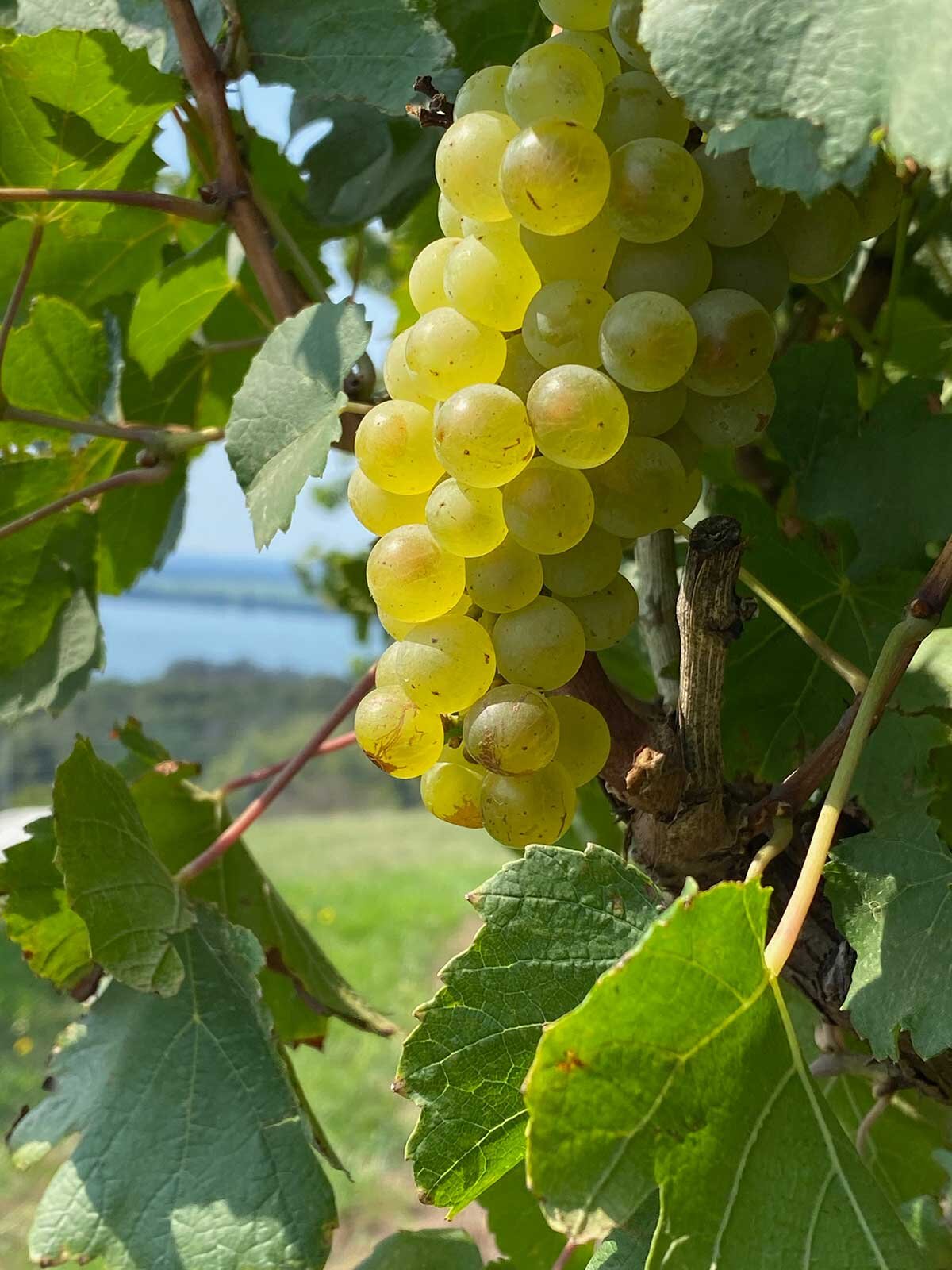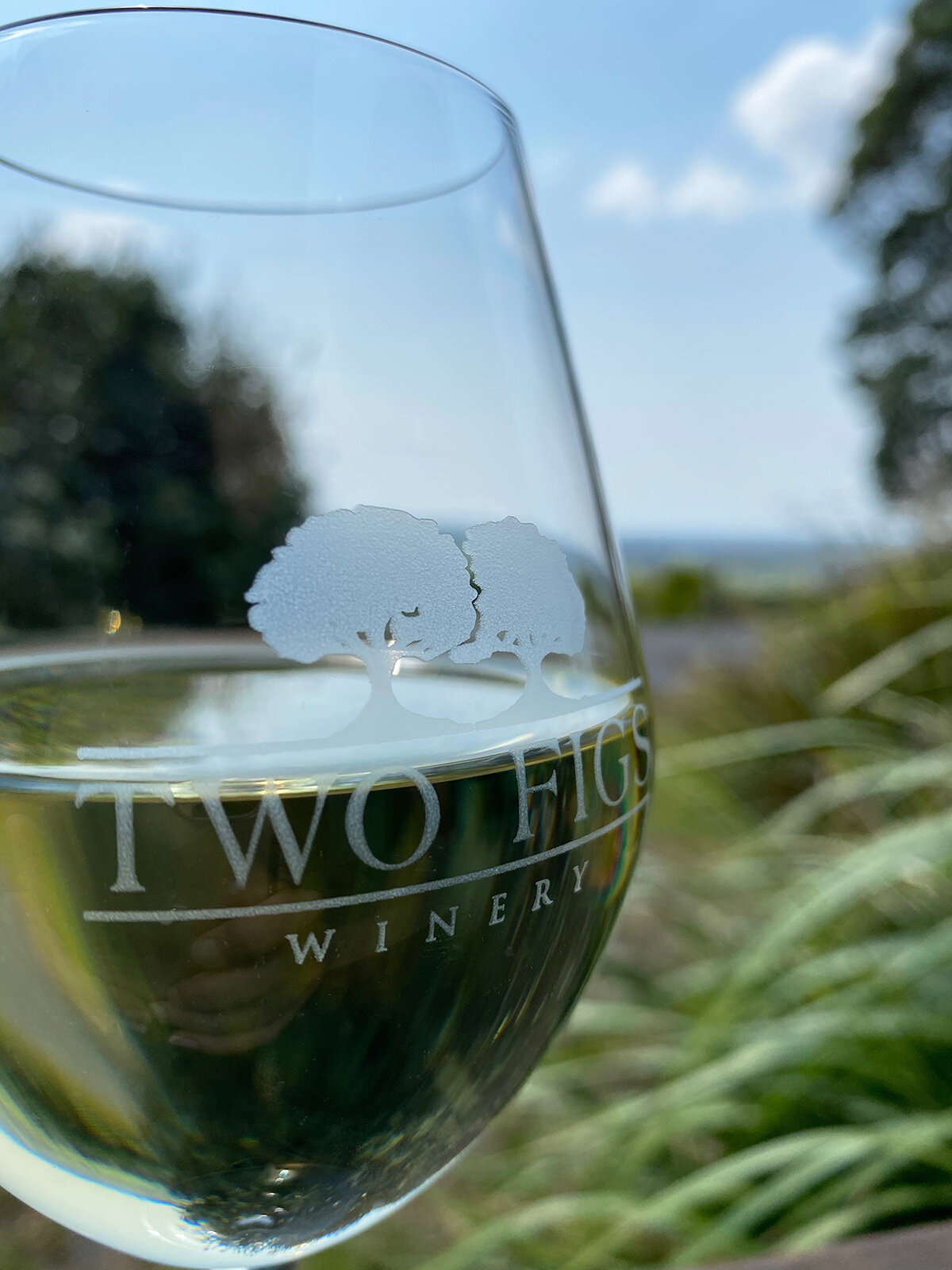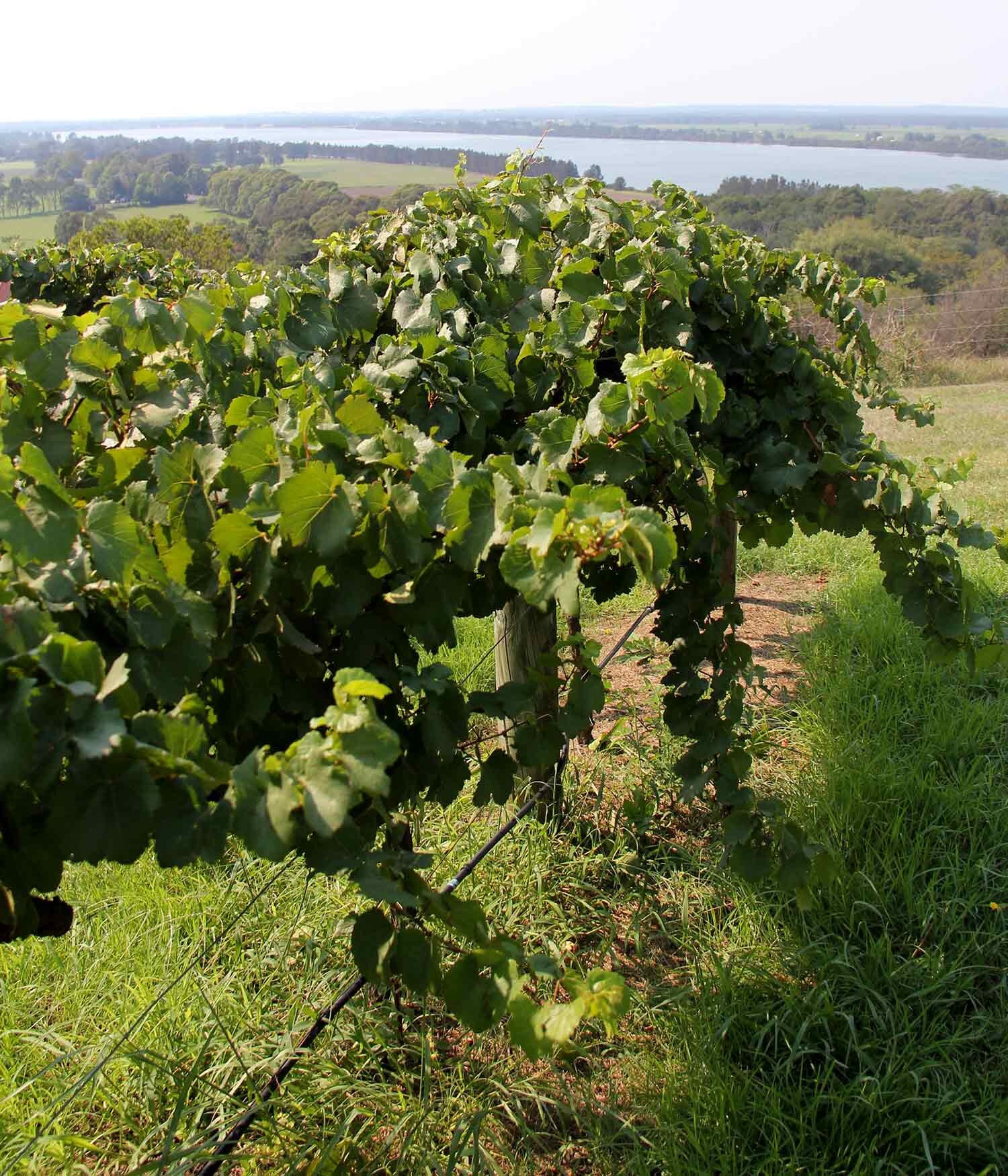at the vineyard
While predominantly known for its white-sand beaches and national parks, the Shoalhaven region is slowly making its mark as a wine destination as well. One such winery, which is idyllically set atop one of Mount Coolangatta’s foothills (hello, breathtaking views of the Shoalhaven River below!) is Two Figs Winery. Known for their elegant, award-winning wines (the winery produces both white and red varieties), Two Figs is the perfect place to relax year-round, as you enjoy a classic South Coast sunset with a wine in hand. We recently sat down with Two Figs winemaker Simon Hall, to get the lowdown on what exactly is involved in the winemaking process and his top sip recommendations.
Words Kachina Dimmock Images @m31.imagine
How and when did you get involved in the wine-making business?
I’ve been working for Two Figs for seven years now, although I'm originally from out near Griffith, in the Riverina. I always liked the mix of business, science, agriculture and creating a product that people enjoy. I was drawn to winemaking as I enjoyed the challenges it presents – every year is different, always experimenting and trying to improve.
What exactly is involved in the winemaking process?
It really just comes down to monitoring the vineyard and testing the grapes, so we know when to pick them based on the sugar and acid levels and the fruit flavour in the berries. Once you’ve picked the grapes, the process changes a little depending on what variety of wine you’re making. For white-wine making, the grapes are pressed into a juice and wrapped a few days later. From there, it’s fermented, stabilised and bottled.
For red wines, we ferment the skins to extract colour, flavour and tannins, then age it in oak barrels after it’s been pressed. Then 12 to 18 months later, we’ll blend it and then bottle.
So it’s a pretty lengthy process depending on whether you’re making red or white…
Yeah… white wines are a lot easier to make, as they have a quick turnaround. Whereas, with red wines, there’s a bit more going on; it needs to age a little bit before it can be bottled.
Have you seen any changes in the Shoalhaven wine region over the past couple of years?
There hasn’t been any drastic changes – it’s remained pretty well maintained and steady. There’s been a good flow of tourists and visitors that come down to the area. However, the region is still young – people still don’t realise that we make wine down here when I tell them I’m a winemaker at Two Figs!
Two Figs has been booming in popularity over the past couple of years, having won a handful of awards now as well – what do you think sets Two Figs apart?
I think one of the things is we try to get grapes from as close as we can to us and also the best quality – we vine the grapes from the same growers when we buy them in. Pinot grigio and sauvignon blanc from Orange are really good and the reds out of Hill Top in the Southern Highlands are also really great. Some of the Southern Highlands pinot grigio has won awards; so for us, it’s kind of like picking the region and the variety to make the best wines. We also experiment a lot as well. We’re always experimenting on how to best make the wines, so we’ve got a fairly good idea on how it should be made.
With a cellar door selection including cabernet sauvignon, chardonnay, chambourcin and verdelho; do you have any favourites or top recommendations?
I personally like the red wines we produce, particularly the cabernet, which won a trophy at an award show not too long ago. Our rosé is also very popular.
What can we expect to see from Two Figs next?
It’s a tough vintage, given the recent drought and fires, but we’re just going to try and make the best wines possible. Two Figs is also working on re-modeling the old winery into a cellar door, which should be done later this year. Otherwise, the winery is open seven days a week, 11am - 5pm.
Two Figs Winery, 905 Bolong Road, Berry NSW 2535
“It’s a tough vintage, given the recent drought and fires, but we’re just going to try and make the best wines possible”










